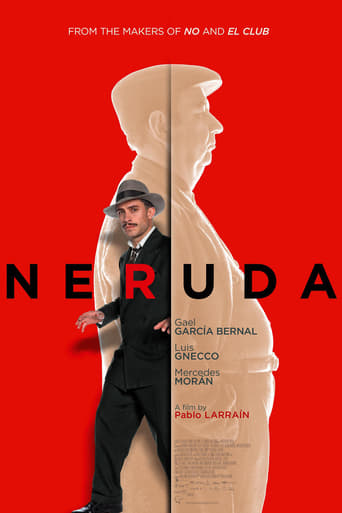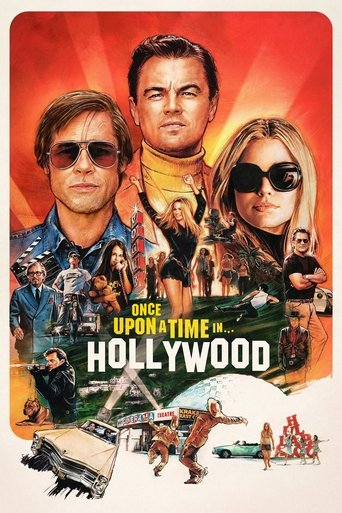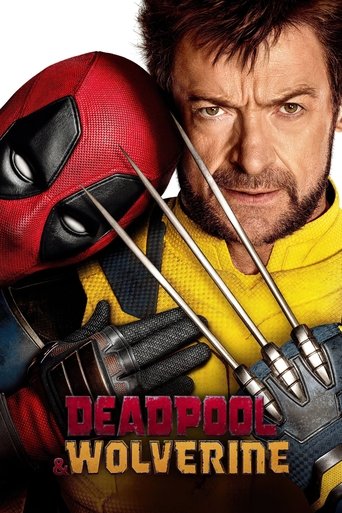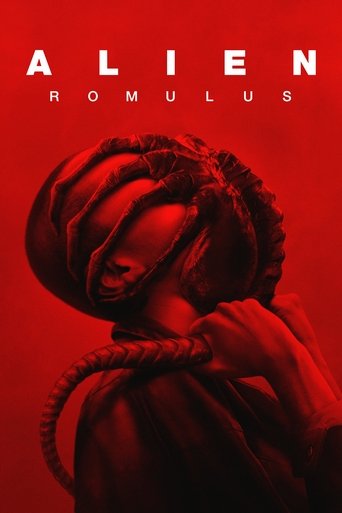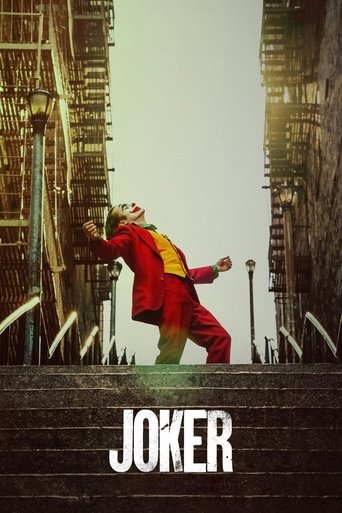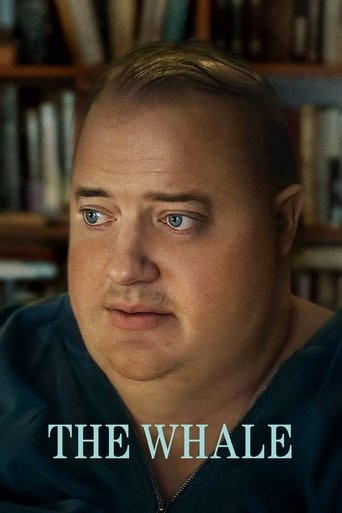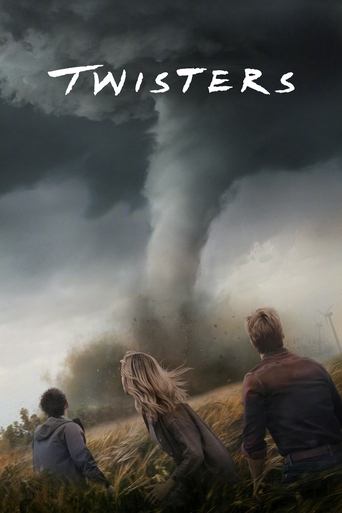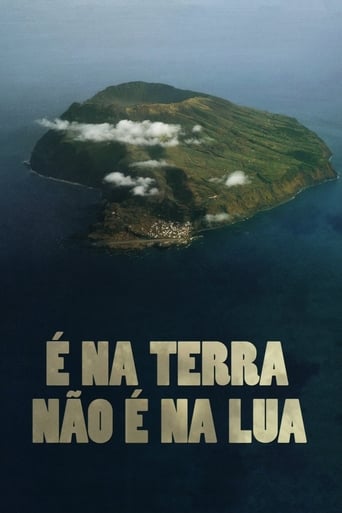
A cameraman and a soundman arrive in Corvo in 2007, the smallest island in the archipelago of the Azores. Right in the middle of the Atlantic Ocean, Corvo is a large rock, 6km high and 4km long, with the crater of a volcano and a single tiny village of 440 people. Gradually, this small filming crew is accepted by the island’s population as its new inhabitants, two people to add to a civilization almost 500 years old, whose history is hardly discernible, such is the lack of records and written memories. Shot at a vertiginous pace throughout a few years, self‐produced between arrivals, departures and coming‐backs, “It’s the Earth not the Moon” develops as the logbook of a ship, and turns out as a patchwork of discoveries and experiences, which follow the contemporary life of a civilization isolated in the middle of the sea. A long atlantic film‐odissey, divided in 14 chapters, that combines anthropological records, literature, lost archives, mythological and autobiographical stories.
| Title | It's the Earth Not the Moon |
|---|---|
| Year | 2012 |
| Genre | Documentary |
| Country | Portugal |
| Studio | Gonçalo Tocha |
| Cast | Dídio Pestana, Gonçalo Tocha |
| Crew | Gonçalo Tocha (Director) |
| Keyword | |
| Release | Mar 29, 2012 |
| Runtime | 193 minutes |
| Quality | HD |
| IMDb | 6.50 / 10 by 8 users |
| Popularity | 1 |
| Budget | 0 |
| Revenue | 0 |
| Language | Português |
 DocAlliance Films 4K
DocAlliance Films 4K HD
HD HD
HD HD
HD